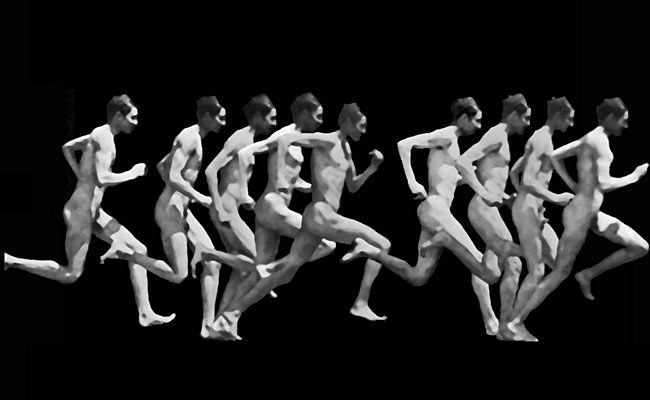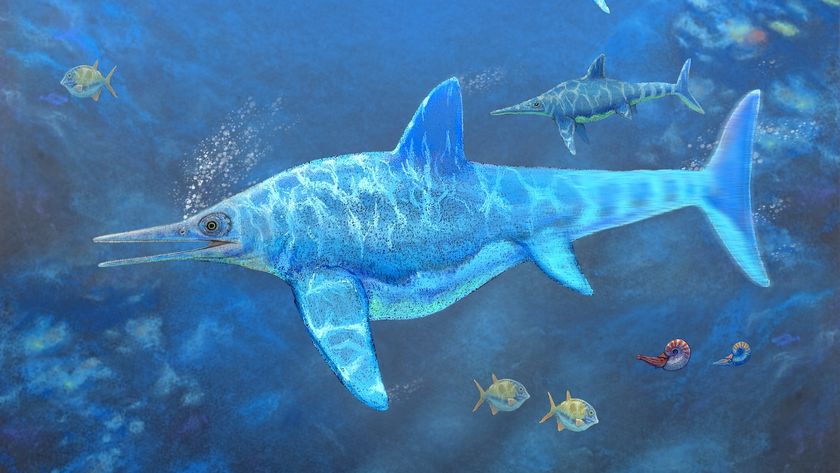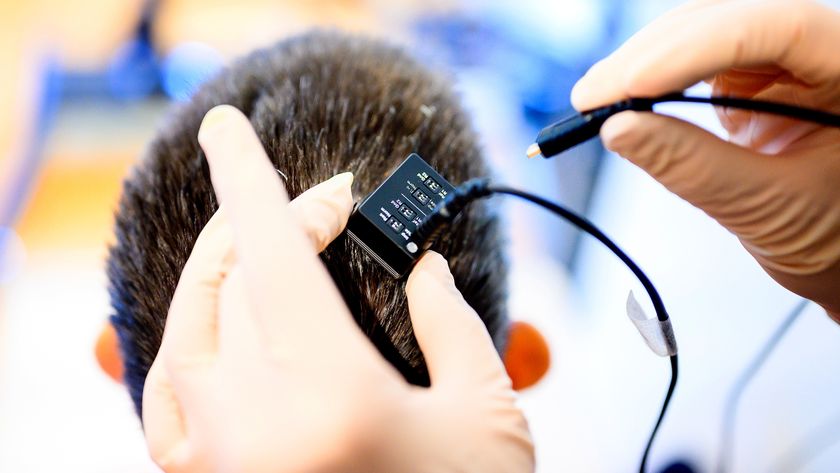Study: Early Humans Were Slowpokes

Early humans may have strutted their stuff as upright walkers and runners, but a new study suggests they were real slowpokes.
If early humans lacked an Achilles tendon like gorillas, as the study's "reverse-engineered" computer models suggest, our ancestors would have had difficulty running. The lack of spring in their step would have kept their top speed to half that of a modern human while costing them twice the energy.
Still, the study implies that walking upright would have been more efficient than lumbering around like other primates.
"Our research supports the belief that the earliest humans used efficient bipedal walking rather than chimp-like 'Groucho' walking," said Bill Sellers, a computational primatologist at the University of Manchester in England who led the research.
Sellers presented his findings this week at the BA Festival of Science held at the University of York, UK.
Leg-up on survival
Although efficient sprinting may have been next to impossible for humanity's ancestors, their walking would have been normal. Sellers thinks the modern human's well-developed Achilles tendon, which transforms the legs into spring-loaded running tools, allowed us to switch from a herbivorous lifestyle to one focused on hunting.
Sign up for the Live Science daily newsletter now
Get the world’s most fascinating discoveries delivered straight to your inbox.
"What we need to discover now is when in our evolution did we develop an Achilles tendon, as knowing this will help unravel the mystery of our origins," Sellers said.
Sellers first looked at walking, and his models suggested that our human ancestors were able to walk as efficiently as modern humans around 3.5 million years ago. His research also showed that their gait was a little slower than ours, but only because they were smaller and had shorter legs.
"How we evolved from our common ancestor with chimpanzees six million years ago is a fundamental question," he said. "Walking upright seems to be the very first thing that distinguishes our ancestors from other apes, so finding out about this should help us map the evolutionary pathway to modern humans."
Dead woman walking
Sellers, who recently modeled the running speeds of five meat-eating dinosaurs, used the same software to model anatomical data from the hominid fossil skeleton called "Lucy" as well as hominid footprints preserved in ash at Laetoli in Tanzania.
"The skeletons and footprints from some of the earliest members of the human lineage—the early hominids—provide the best clues we have to how we progressed down the pathway to modern human walking and running," Sellers said.
By "reverse-engineering" fossil skeletons, Sellers explained that information about muscles and tendons can be gathered and plugged into a realistic computer model.
"This model is a virtual robot where we can activate muscles and get it to move its legs in a physically realistic fashion," he said. "The tricky bit is getting it to actually walk or run without falling over."
Sellers and his team also used the computer model to show how the Achilles tendon acts like a big spring that stores energy during running; when the tendon was removed from the model, the top running speed was greatly reduced.
"We have only just started to look at [humanoid] running," Sellers said. "Our techniques should let us get to the bottom of this question because it will let us measure the running abilities of our fossil ancestors directly."
- SEE THE VIDEO: Lucy's Tendon-cies
- The Top 10 Missing Links
- Lucy Goes on Tour












